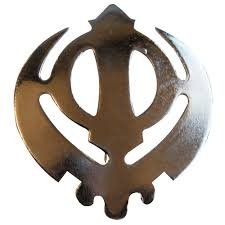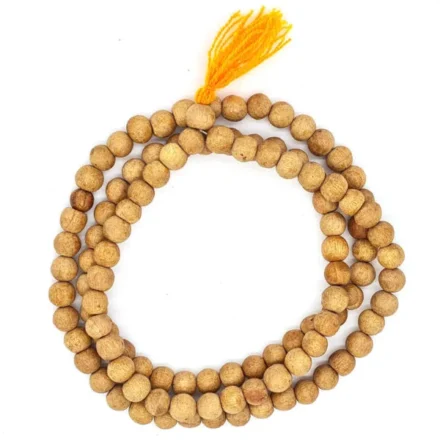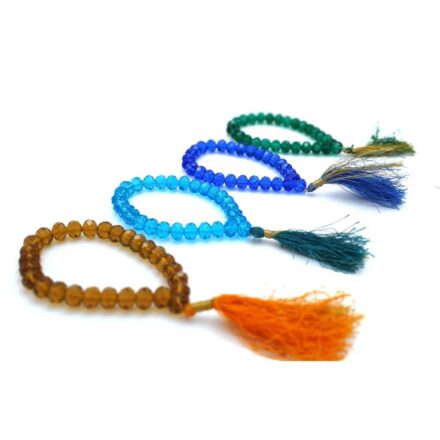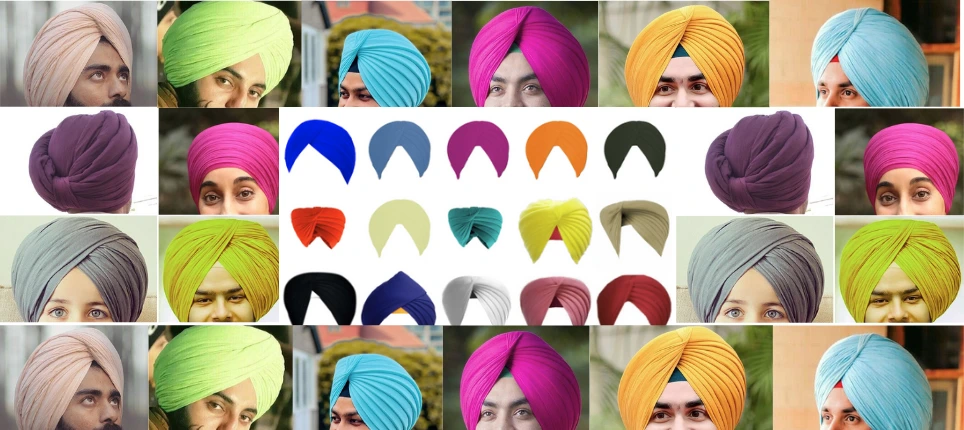Table of Contents
The Complete Guide to Picking the Ideal Turban Color for Every Occasion
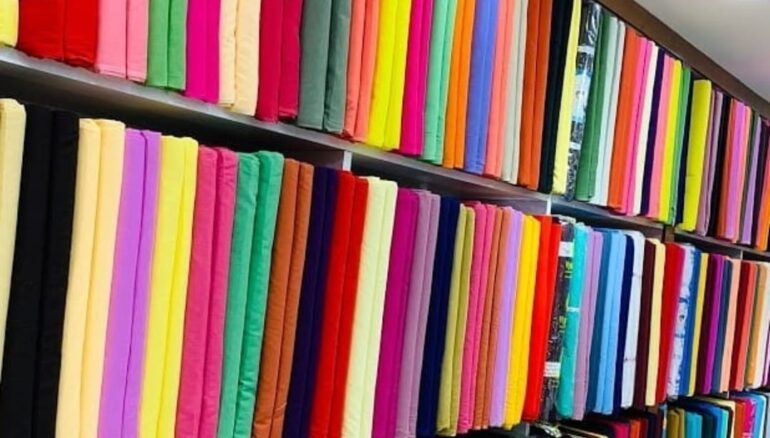
Turbans are a matter of pride, identity, and an important accessory that completes an outfit of Sikh person. Whether it is a wedding, any religious occasion, or even a casual day out for fun with family or friends, the color of your turban will play a big role in how you present yourself. Choosing the right turban color can elevate not just your style but also your personality which will make you stand apart on any occasion.
In this complete guide, we are going to review how to choose the perfect color of the turban for any occasion from which comes the bright ability to make a decision that is very important and supports tradition, fashion, and personal taste. Let’s dive in.
Understanding Turban Colors and Their Significance
Before diving into the specifics, it is relevant to understand the reason why color selection is so important.
Colors often carry symbolic meanings and can convey specific messages. For example, in many cultures, white represents purity, while red symbolizes wealth and prosperity. Understanding these associations can help you make thoughtful and meaningful choices. In the online marketplace, there are numerous stores where you can buy turbans online. Sikh Accessories is one such store, offering over 1000 shades to choose from when you buy your turban online.
Daily Wear: Embracing Comfort and Style
- Neutral Shades: The colors such as beige, gray, and navy give a cool relaxed yet sophisticated look. Since it is rather easy to pair them with different outfits, they also work well in both casual and semi-formal settings.
- Earth Tones: This range of colors including brown, olive, and tan has a natural feel to them. They are quite apt for casual outdoor activities or any other outdoor events that are informal. They also complement various ensembles.
- Subtle Patterns: For something with a little more effect but not into loudness, you can settle for turbans with discreet patterns or even texture in neutral colors. That way, you get to add some interesting detail without going too funky.
1. Formal Events: Making a Statement
- Classical Black and Navy: These are colors that never go out of fashion, adding a sense of formality to events, such as weddings, galas, or any other official event ceremony. They look good in formal attire and lend an air of elegance.
- Deep Jewel Tones: Rich emerald green, royal blue, and burgundy add a splash for the color in luxury and elegance. These colors are very apt for evening events or during gaudy times.
- Metallic Accents: Gold or silver accents add high-profile impact to your appearance, suitable for any high-profile event. Such colors assure glamour and work perfectly well when one wants to make it a special occasion, such as an anniversary or an award ceremony.
2. Religious and Cultural Celebrations: Honoring Traditions
- Whites and Pastel Colors: The events of religious nature, such as prayers or fellowships, are to be colored in whites and pastels like pale blue or lavender, for purity it is, and respect.
- Bright and Festive Colors: The celebration of Diwali, Holi, or Eid uses bright and festive colors. The colors can be red, orange, or bright green, by consideration of the feelings associated with festivity.
- Traditional Colors: Most cultures have certain colors representing their religious and cultural practices. This is a vital area of research in choosing colors that are respectful and appropriate.
3. Seasonal Choices: Reflecting the Time of Year
- Spring and Summer: Pastels, light pinks, and vibrant yellows are apt for the spring and summer months. These colors mirror the freshness and vibrancy of the season.
- Autumn and Winter: These seasons merit rich, deep colors such as burgundies, forest greens, and charcoal gray colors to engage the cooler tones of these seasons. They will be warm and sophisticated when the weather turns.
- Holiday Seasons: Gold and silver during holidays, and all the festive colors of red, are used to give expression to a celebration.
4. Special Occasions: Tailoring Your Turban Choice
- Weddings: Whether you’re the groom, a guest, or part of the wedding party, the color of choice that complements the bride’s outfit or the wedding theme will be considerate, yet stylish. Traditional colors such as maroon, gold, or royal blue work quite well.
- Graduation and Achievements: These can be celebrated with the use of colors that denote success or achievement, like navy, gold, or silver.
- Personal Milestones: Birthdays or personal celebrations are themed best with colors that identify with your taste and describe the occasion of glee.





